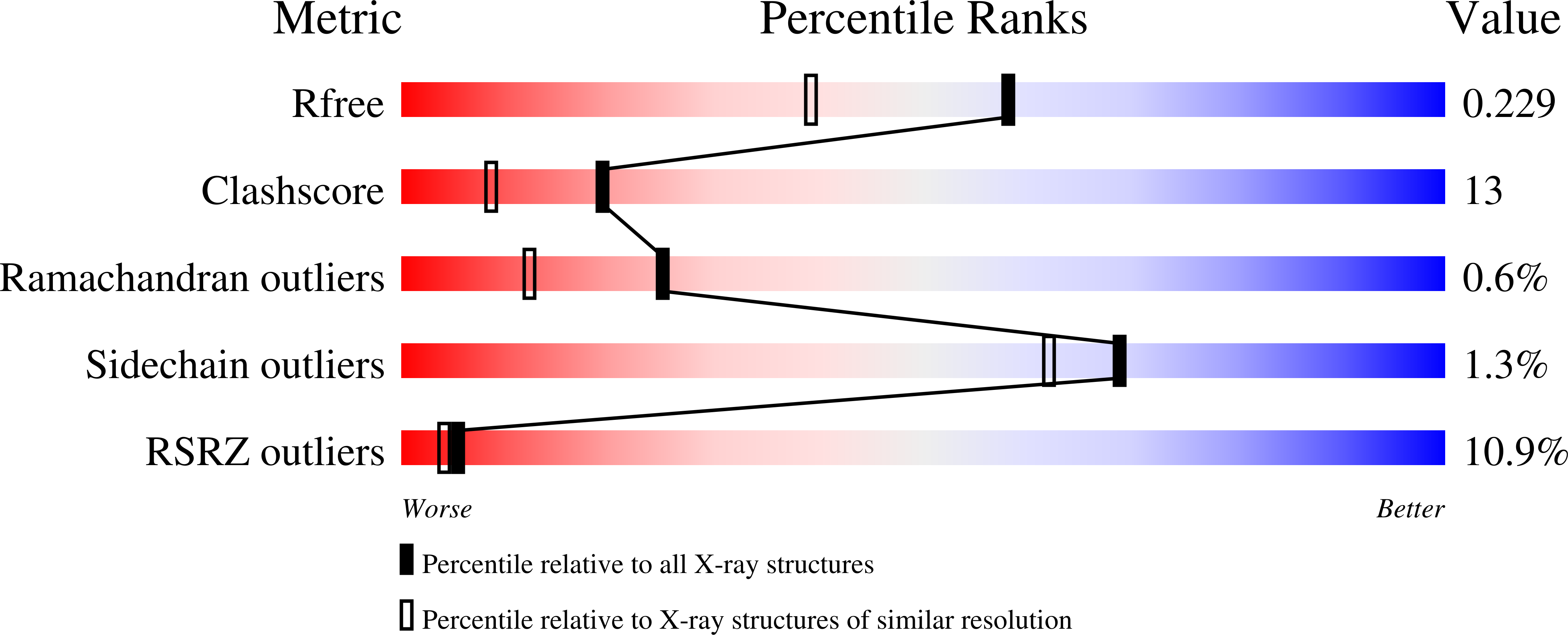
Deposition Date
2003-01-30
Release Date
2003-02-14
Last Version Date
2023-08-16
Entry Detail
PDB ID:
1NU4
Keywords:
Title:
U1A RNA binding domain at 1.8 angstrom resolution reveals a pre-organized C-terminal helix
Biological Source:
Source Organism:
Homo sapiens (Taxon ID: 9606)
Host Organism:
Method Details:
Experimental Method:
Resolution:
1.80 Å
R-Value Free:
0.23
R-Value Work:
0.20
R-Value Observed:
0.20
Space Group:
H 3 2


